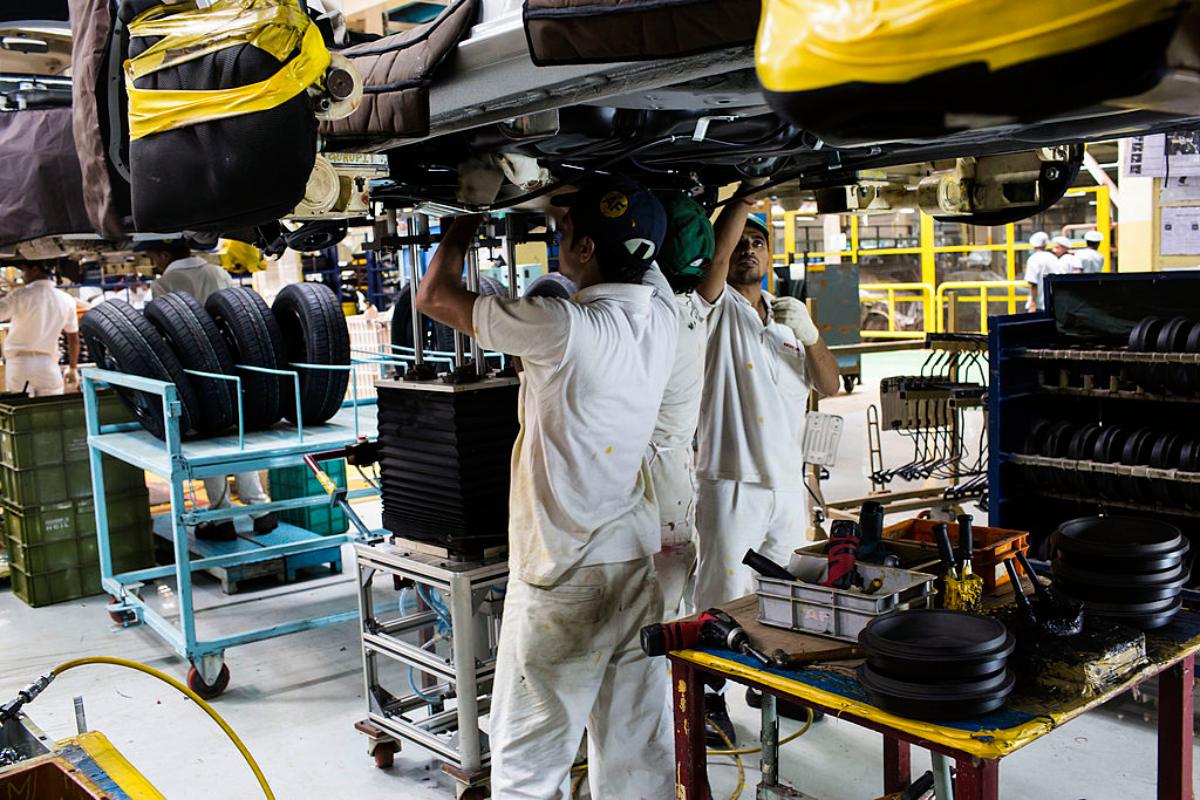
4 Signs of a Broken CV Axle
Even with proper maintenance, some auto parts on your car could fail and require replacement. For example, while Constant Velocity, or CV, axles should last the life of your vehicle, they are subject to a premature failure caused by damage or excessive wear, similar to any other mechanical assembly. Therefore, it is essential to know what a CV axle does and some warning signs to watch for when it goes bad.

What does a CV Axle do?
Many know a car’s engine or electric motor provides power routed through the transmission or directly to the drive wheels. Some older front-wheel and all-wheel drive vehicles utilize universal joints, commonly called U-joints, to allow the front drive wheels to turn left and right and move with the vehicle’s suspension, according to NewParts.
Fortunately, the CV axle design improves upon U-joint performance, allowing smoother operation between the electric drive motor or transmission and the drive wheels in most modern front-wheel or all-wheel drive cars.
What are some signs of a broken CV axle?
It’s critical to pay attention to your car’s warning signs. While the most common warning signs like “Low Fuel,” “Low Tire,” and “Check Engine” are hard to miss for most drivers, the warning signs of a broken CV axle aren’t as clear.
However, when you know the four warning signs outlined by RepairPal, it’s easy to recognize them if they ever happen in your car.
- Grease or lubricant leaks
A CV axle uses a combination of sliding shafts and ball bearings to allow your car’s drive wheels to articulate and still provide a solid connection to the driveline. A rubber boot contains the grease or heavy-duty oil required for lubricating these moving parts and keeps out dirt and debris. Any time the rubber boot suffers damage or becomes cracked from age, grease and lubricant escape, and grime gets in.
- Noise while turning the vehicle
The loss of lubricant and the addition of contamination can cause the CV joint to fail, and the excessive play in the bearings results in clicking, popping, or grinding noises from the ailing CV axle. Most common during acceleration while turning, the noises are usually loud enough to enter the cabin during everyday driving. However, they are most noticeable while driving next to a structure that reflects the sound to you with the windows down.
- Clunking upon deceleration
Hearing or feeling a clunk whenever you take your foot off the gas could indicate a failed CV axle bearing. A properly functioning CV axle assembly has very little play, but as the bearing assembly separates, the parts can shift and bang into each other. At this point, having a qualified mechanic inspect your car is critical, as continued use could cause damage to other driveline components.
- Vibrations at highway speeds
Vibration at highway speed has a similar cause to the clunking sound listed above. While a new CV axle contains a balanced assembly, resulting in smooth operation, the bearing assembly loses its precise balance as it fails, and the internal parts begin to move around. At this point, the CV axle could fail altogether, leaving you stranded and waiting for a tow truck.



